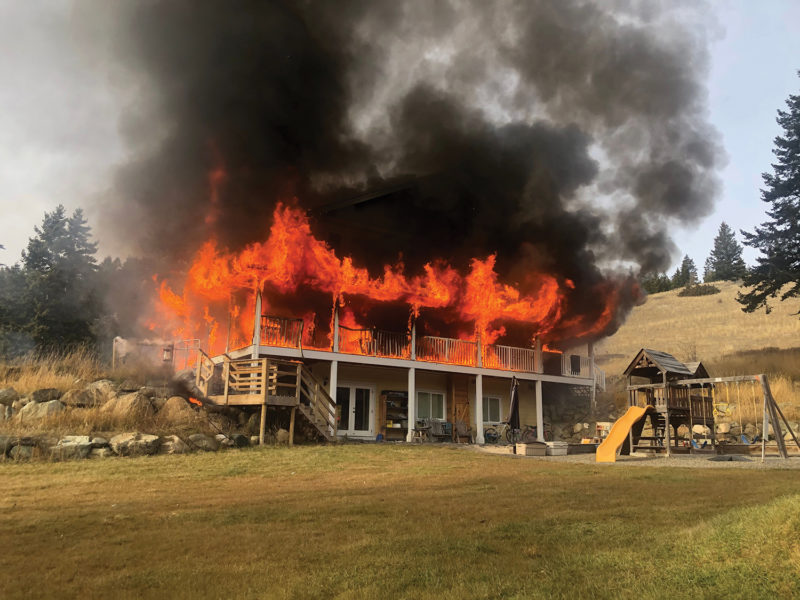While this year’s wildfire season was routinely described as unprecedented, numbers from the Insurance Bureau of Canada point to the costs being a blip next to other natural disasters.
Together, insured damages from this year’s wildfires amounted to a mere $155 million, split between just two fires – the Lytton wildfire, at $78 million, and the White Rock Lake wildfire at $77 million.
While the two fires wiped out entire communities, the cost to insurers will end up being minimal next to a hailstorm that hit Calgary in July and resulted in $500 million in claims. A hail event last year resulted in $1.2 billion in claims.
This means wildfires stand to have little impact on the challenges farmers face securing insurance, says Rob de Pruis, director, consumer and industry relations, with the Insurance Bureau of Canada.
“In 2020, the insurance industry paid out more than $40 billion in claims across the country,” he said. “$155 million, although it is pretty significant, it doesn’t have a huge impact on the overall claims costs across the country.”
But the rising costs of natural disasters worldwide are having an impact on insurance costs, prompting individual companies to review how their assess risks to individual properties. This in turn means individual farmers can face significant challenges.
“Some companies are coming to the conclusion that [they] don’t want to insure this particular building because of what [they] deem to be the risk profile,” he says.
De Pruis said farmers need to review their properties and shop around for the best deal, with larger companies often providing greater coverage options than smaller brokers.
He also encourages farmers to take steps to eliminate hazards and document improvements that may support a lower premium.
“Anything a farmer can do to reduce their risk is going to be helpful over the long-term,” he says.


 Hello, status quo
Hello, status quo